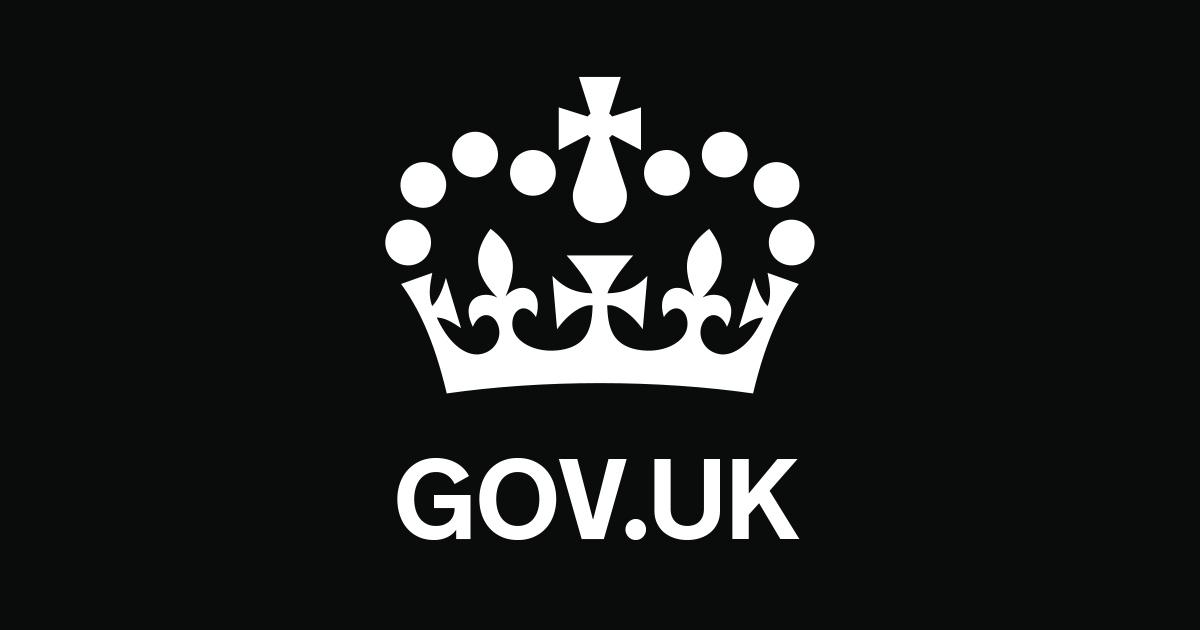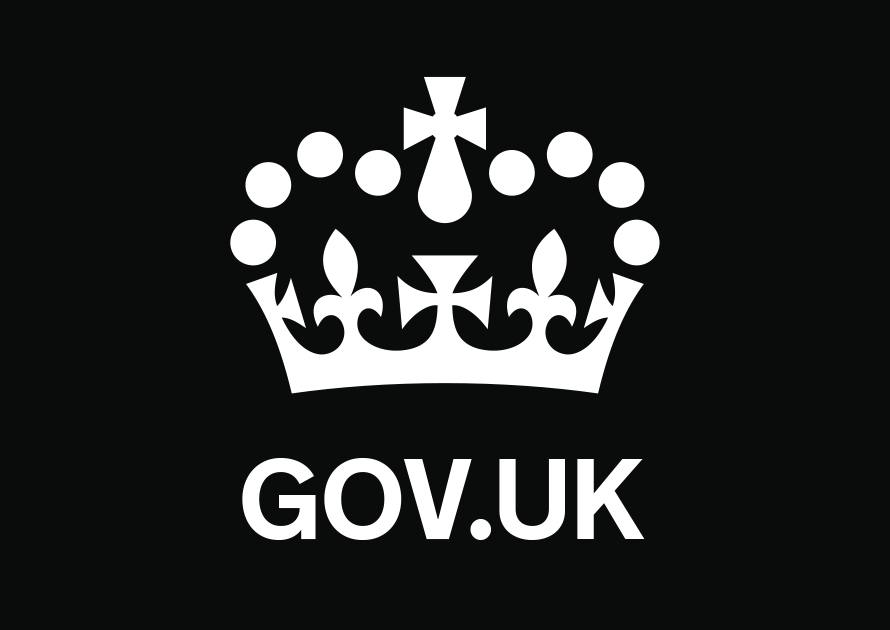You should read this notice if:
- your work involves the use and inspection of seals applied for customs purposes
- you are a trader and wish to use your own seals in place of official seals
Find out if your goods need sealing
The following guidance explains if your goods need sealing:
This list is not exhaustive.
To find out more about the use of seals by contact imports and exports: general enquiries.
Check official customs seals
An official customs seal is an indicative seal that a customs officer may apply to identify goods under customs control. It may be applied in addition to a trader’s commercial seal.
If, in the UK, you receive goods secured by an official customs seal, you must inform your local HMRC control office as soon as they arrive.
Unless you’re an authorised consignee, you must not remove an official seal without prior approval from customs. Unauthorised breakage or removal of an official seal is an offence under Customs and EU law.
In the UK there are 2 types of official customs seal currently in use.
How to recognise the Acme ‘T’ lock
The Acme ‘T’ lock consists of a metal strip inserted into a flat locking box. The metal strip is 230 millimetres long.
This seal can show either ‘HMC&E’ or ‘HMRC’. The current version bears certain identification marks and a unique serial number.
The underside of the box is in ‘British Racing’ green.
How to recognise the ACME ‘T’ lock seal
The ACME ‘T’ lock ‘HMRC’ version was introduced by HMRC on 1 July 2008.
These seals were introduced to reflect the change of name of the department and are being used concurrently with the Leghorn cableseal wire seals. Until the old version is withdrawn, you may encounter both designs.
The underside of the box is ‘steel’ grey in colour.
How to recognise the Leghorn cableseal wire seal
The body consists of painted aluminium. It bears the words ‘Customs GB’ and a serial number.
The cable is made of steel wire, 1 millimetre in diameter and 180 millimetres long.
Apply to use your own seals
Under certain conditions, you may be authorised to use your own seals for securing goods under customs control. Seals provide an additional way to identify the consignment. To check if your goods need to be sealed, read the relevant notices listed in the ‘Find out if your goods need sealing’ section of this guide.
You must apply for authorisation under Article 233(4)(c) of EU Regulation 952/13 and Articles 55 (b) and 81 of the Common Transit Convention.
You will need to meet the conditions of Article 39(a), (b) and (d) of EU Regulation 952/13 and Article 57 (2) of the Common Transit Convention. You are deemed as meeting these conditions if you’re an authorised economic operators (AEO).
To request an application form, email: national-simplifications.ccto@hmrc.gov.uk
You should send the application form, with all supporting evidence to:
HM Revenue and Customs
National Simplifications Team
CCTO
BT-CCTO
BX9 1EH
If your application is rejected, you will be sent a pre-notification ‘Right to be Heard’ letter, which will explain the reasons why.
How to meet the standards
If you’re authorised to use your own seals in place of official customs seals, you must meet the following conditions:
- You must keep all seals and sealing equipment under lock, with the key being held by a responsible person of your company.
- You must keep a permanent stock record showing the receipt, serial numbers, use and disposal of seals, which must be produced to a customs officer on request.
- You must regularly inspect and balance your seal stocks to guard against interference or substitution.
- All defective seals, and seals you remove after use, must be kept available for inspection by customs, with whom you must agree a method for their disposal.
- The marks and numbers of the seals used must be clearly shown on documents accompanying the goods.
- Seals may be applied or removed only by you or by responsible employees authorised by you to act for you.
We strongly advise you to use legitimate manufacturers’ seals.
International standards
Seal requirements are set out in Article 301 of the Union Customs Code Implementing Regulation (2015/2447). These requirements are assumed to be met by any seal that conforms to the International Standard No 17712: 2013 ‘Freight containers — Mechanical Seals’.
Seals with high-security features should be used for containerised transports whenever possible.
Customs should accept seals approved by EU member states, unless they specifically state otherwise.
UK standards
The seals must:
- remain intact and securely fastened in normal use
- be easy to check and recognise
- be made of a material that:
- is resistant to accidental breakage
- prevents undetectable falsification
- leave traces of any breakage or removal that are visible to the naked eye
- be designed for single use or, if intended for multiple use, be designed so they can show a clear, individual identification mark each time they are used
- each bear a permanent unique identifying mark and be serially numbered and used in sequence
Identification marks of seals must be impossible to falsify and difficult to reproduce.
The form and dimensions of the seals can vary depending on the method of sealing used. You must make sure that identification marks are easy to read no matter what the dimensions of the seal are.
For information on how seals manufacturers may apply for acceptance of their products, contact:
Security Seal Testing Authority
90 Fenchurch Street
London
EC3M 4ST
Email: debra.little@thomasmiller.com
Telephone: 020 7204 2256
Mobile: 07534 507 466
Website: thomasmiller.com
Seals acceptable to HMRC from 20 June 2022
The types of trader seal that we accept for control purposes fall into the following groups:
| Group | Description |
|---|---|
| 1 | Seals that can withstand a force of 1,000 kilograms (security seals) |
| 2 | Seals that can withstand a force of 250 kilograms (indicative seals) |
| 3 | Other acceptable seals |
| Bar box group | Seals used to secure aircraft bar boxes |
Group 1 — seals that can withstand a force of 1,000 kilograms
Acme Bolt seal
Athelyn Ltd, Athlock 3.5mm Cable Seal
Lockie Limited T/A JW Products 3.5 millimetre cable seal
Mega Fortris cable lock 350
Mega Fortris cable lock 500
Mega Fortris container bolt lock
Mega Fortris Klicker 2K bolt seal
Mega Fortris Klicker bolt seal
Megafortris MCLZ 500
Mega Fortris Mega cable lock 350
Mega Fortris Mega cable lock 500
OEM Secureloc
Oneseal Daneseal
Tydenbrooks Flexsecure FS35
Tydenbrooks Flexsecure FS50
Tydenbrooks Snaptracker
Unisto Ferrolock Anti-spin
Unisto Hi-Genius bolt seal
Universeal (UK) Ltd Locktainer 2020 SH Magnum
Group 2 — seals that can withstand a force of 250 kilograms
Mega Fortris cable seal MCLZ 250
Mega Fortris cable breakaway 250
Mega Fortris cable breakaway 500
Mega Fortris Mega lock
Mega Fortris – MCLS 150
Mega Fortris Mini cable lock premium 2k
Mega Fortris Mini cable lock premium MCLP 150
Mega Fortris Mini cable lock premium MCLP 180
OEM Secureseal
Oneseal 79-T06 Anti-spin
Tydenbrooks EZloc 1/8 inches
Tydenbrooks Ezloc 1/16 inches
Unisto Ferrolock standard
Universeal Flexigrip 150M
Group 3 — other acceptable seals
Acme “T” seal
Mega Fortris Domino FL metal strip seal
Mega Fortris Domino SP metal strip seal
Mega Fortris Mega Twister SP
Olimp SRL Meterlock
Tydenbrooks Ballseal
Universeal Dickey Globe metal strip seal
What to do if you discover an official customs seal has been tampered with or broken
This section applies to official seals and if you use your own seals.
If the breakage is found on:
- your own premises, you should report the facts to your local control office
- a vehicle or container and there’s also extensive damage to the vehicle, container or goods, you should report to your nearest customs office immediately
- a vehicle or container in which you’re carrying goods under customs control, you should report to customs at your destination as soon as you arrive there
In all cases, the customs officer may ask you to explain how any seal breakage and damage occurred. In all cases of unauthorised seal breakage, you must get a customs officer’s permission before you remove or unload the goods originally secured by that seal.
What to do if an accident or other incident occurs during the transport of the goods
This section applies to official seals and if you use your own seals.
You must notify customs of the accident or incident as soon as possible. Whenever possible, you should get prior authorisation from customs to break seals or transfer goods from one vehicle to another.
An account of the incident must be noted on the transit declaration. The goods and the declaration must be presented to the nearest customs authority. When customs are content that the operation may continue, they will reseal the goods and endorse the declaration accordingly.
Your rights and obligations
Read the HMRC Charter to find out what you can expect from us and what we expect from you.
Help us improve this notice
If you have any feedback about this notice, you can write to:
HM Revenue and Customs
10th Floor Central
Alexander House
21 Victoria Avenue
Southend on Sea
Essex
SS99 1AA
You’ll need to include the full title of this notice. Do not include any personal or financial information like your VAT number.
If you need general help with this notice or have another question contact imports and exports: general enquiries.
Putting things right
If you’re unhappy with HMRC’s service, contact the person or office you’ve been dealing with and they’ll try to put things right.
If you’re still unhappy, find out how to complain to HMRC.
How HMRC uses your information
Find out how HMRC uses the information we hold about you.



